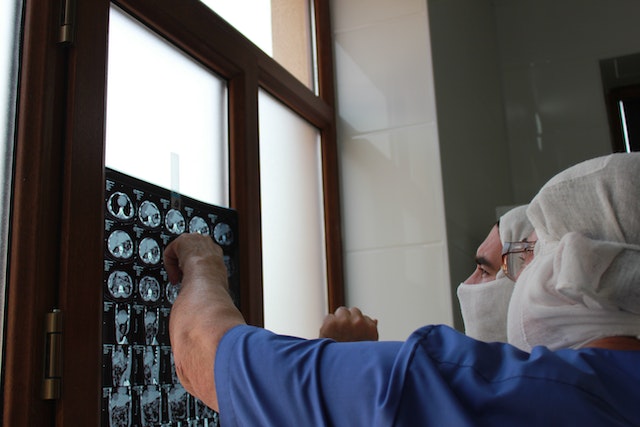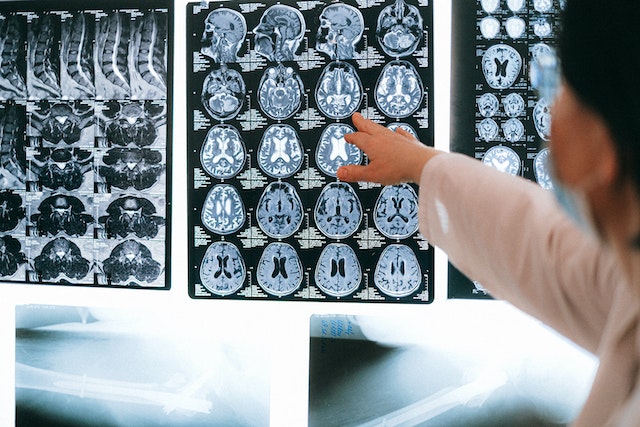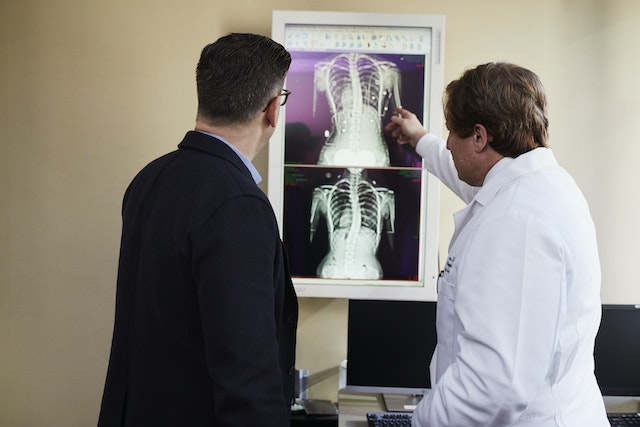A Day in the Life of an Interventional Radiologist
Shows like Star Trek depict medicine and medical procedures as easy and painless as an afternoon on a lounge chair. A doctor waves an instrument over the patient’s body and voila! All is fixed. Although we’re not quite that advanced (yet), we’re getting closer and closer. Medical advances in the last twenty years have included wearable devices, HPV and COVID vaccines, and bionic limbs, making medical procedures and healthcare in general faster, smoother, and less painful. Now, with the technologies of interventional radiology, patients can be treated for a variety of diseases, including cancer, without surgery, anesthesia, or pain.
Originally founded in the 1960s by Charles Dotter, MD, interventional radiology (IR) treats a variety of conditions, including stroke, transplant support, and cancer. These conditions and diseases are treated through minimally invasive, image-guided treatment that once required surgery, says the Society of Interventional Radiology. This example of modern medicine is performed by board certified interventional radiologists who are trained in radiology and in minimally invasive therapies, says the article.
The term interventional radiology may sound vague to some, however, a more in-depth description of what is actually done is this: to diagnose and treat many diseases, an IR can, in many cases, forego surgery and hospitalization by inserting various instruments into the body, says John Hopkins Medicine. Catheters, wires, x-rays, CT scans, and ultrasound technology help guide the IR to internally see the patient and treat the issue. The cuts involved in inserting the tools can be as small as a pinhole, says WebMD.

Interventional radiology is monumental in cancer treatment, says WebMD. By placing chemotherapy and radioactive medicines into the affected areas, it directly treats the disease, prevents bleeding (during surgery). It also aids in pain from cancer treatment side effects such as blood clots and fluid buildup, says the article. More amazing procedures IRs can perform for cancer are killing cancer tumors via heat through radio waves or electric currents, or freezing them with ice crystals. IR also treats conditions with blood vessels, kidneys, and gallstones.
Training to become an IR is extensive. IRs are medical doctors that are trained in radiology, minimally invasive procedures, radiation safety and physics, and must have a comprehensive knowledge of the latest procedures available as well as diagnostic and clinical experience, says Radiologyinfo. IRs can be hospital based, meaning they travel to and from a couple of different hospitals within their work week, and/or they can be a part of specialty group practices, outside of the hospital, says the American Medical Association. An IR usually spends four days a week treating patients, and about one day a week doing administrative work, referring physicians, consults, and completing notes, says the article. They have become an integral part of a treatment team within hospitals and private practices.
We are living in an exciting time of medicine, where seeing and treating the body is becoming less about invasive exploration and more about advanced imagery. It’s not quite body scanners and needle-free hyposprays, but it’s safe to say we are learning and going places, medically, where no man has gone before.
Looking for the Perfect IR Placement?
Balancing work and life as an interventional radiologist can prove challenging. Finding a position that offers the compensation you deserve and the hours that allow you to have your own free time is important. Luckily, Momentum Healthcare Staffing helps match IRs with the best hospitals. Please contact us to learn more and be sure to bookmark our jobs page for the latest Locums Tenens and permanent placements.















Recent Comments